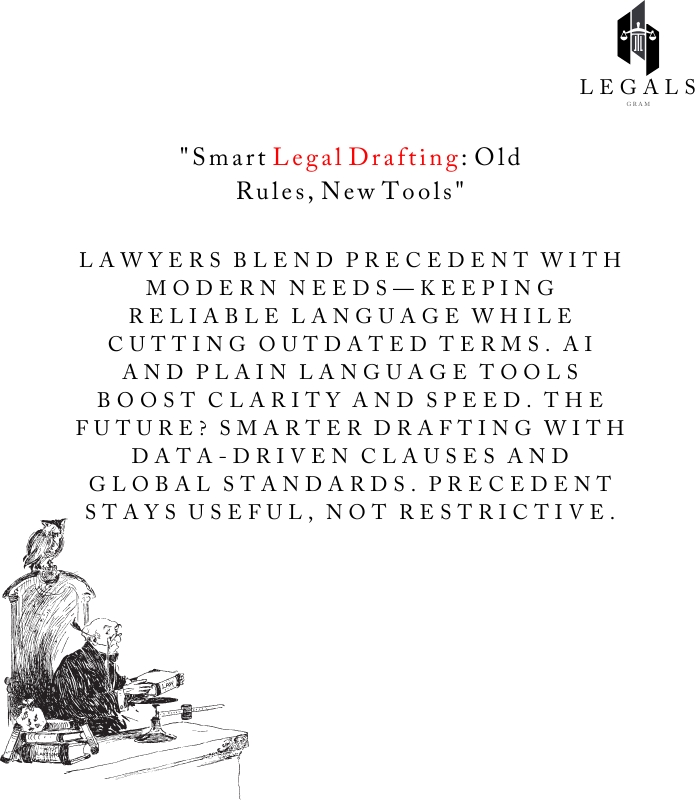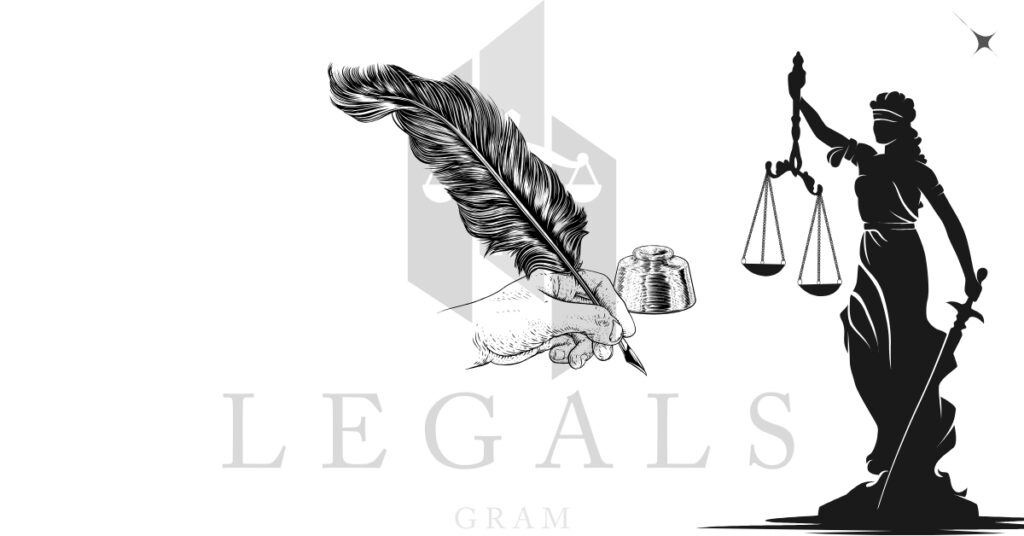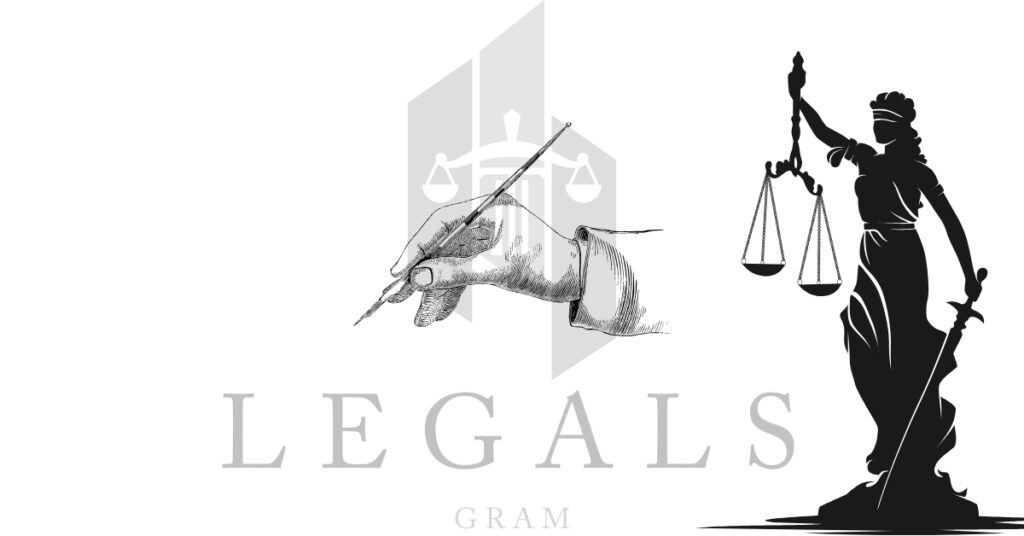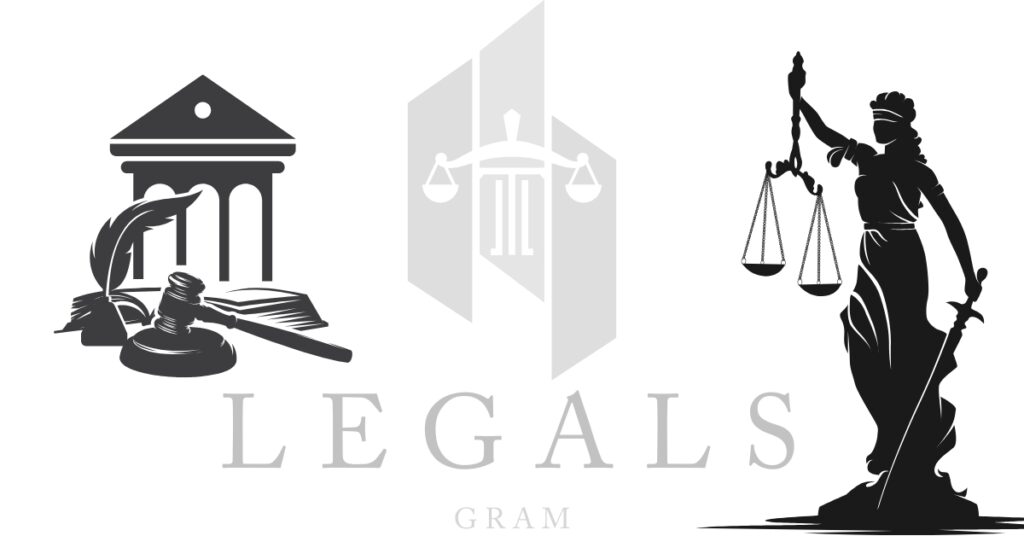Balancing Tradition with Innovation in Modern Legal Documents
In today’s rapidly evolving legal landscape, precedent remains a powerful tool, but its application has transformed dramatically. Experienced professionals, by understanding precedent, compose documents that support clients and follow up-to-date guidelines.
The Dual Power of Precedent in Legal Writing
Precedent in legal writing gives us a secure point of reference and a reliable guide, by:
- Eliminating risks by using time-tested language applied by the courts
- By permitting the use of pre-made provisions, it becomes quicker to make the needed revisions.
Legal drafters now know that using past cases means considering how to best adapt them. Maintaining the positive aspects and adjusting the negative ones is the main task.
Digital Transformation of Precedent Management in Legal Drafting
Law books were used, and remembrances from officials were relied on in traditional precedent approaches. Today, legal professionals use:
- Cloud-based storage spaces that allow easy searching
- AI tools recommending language taken from previous lawsuits
- Systems tracking the effectiveness of clauses
Thanks to technological advancements, it is now easier for everyone to find quality references and expect them to be used in smart ways.
When Precedent Becomes Problematic
Even though precedents are important, depending too heavily on them can be risky.
A lot of legal documents contain wording that:
- Includes concepts that were common previously but are no longer accepted by law today
- Adds unneeded complications that simply muddle up the message.
- Does not attempt to include the newest trends impacting environmental law.
This method turns precedent into a case against the party that claims it. DIY vs Professional Conveyancing: Which Option Is Right for You?
Strategic Integration for Contemporary Documents
Leading legal professionals see precedent as an opportunity, rather than a barrier, by:
- Examining the reasons for choosing traditional languages
- Looking into the circumstances behind the first drafting choices
- Monitor ongoing changes in how laws and regulations are applied by courts and authorities.
- Maintaining consistency while innovating to address changing challenges.

The Plain Language Revolution
Precedential drafting has been greatly improved by the plain language movement. Nowadays, documents are more likely to include features such as:
Substitute old-fashioned vocabulary with up-to-date words.
Separate lengthy sentences into shorter ones that are easier to understand.
Minimize the use of extra expressions that don’t make your message clearer.
Structure each section in a way that improves understanding.
As a result, this development makes the history of English simpler for anyone who wants to use modern English accurately.
Technology-Enhanced Precedent Application
Advanced tools used by current lawyers influence the role of precedent.
- Document automation systems that include suitable clauses based on the situation.
- Platforms used for version control that monitor the evolution of language in different versions.
- Analysis of how clauses are used in actual transactions.
As a result, precedent evolves from simply a written record to a useful tool.
Balancing Art and Science in Legal Drafting
Currently, legal drafters balance their work with precedent by:
- Preserving already understood language and its meaning
- Making sentences more understandable without changing the law.
- Adding new approaches to address developing risks.
- Modifying the usual language for each client’s needs.
Practical Strategies for Modern Legal Writers
If you are a professional aiming to use precedent effectively:
- Establish a library of good and effective language you can refer to.
- Ensure to update old terms by carrying out frequent reviews.
- Methods of highlighting certain language that an author uses can be very useful.
- Check how well a document is understood by those unfamiliar with the law
Future Directions in Precedent Management
There is a constant evolution in how precedent relates to lawmaking. Some new trends are:
- Suggestions from AI on how to shape sentences using successful examples from previous cases.
- Clause selection was made based on the outcome of previous transactions.
- Cross-jurisdictional agreement on the way courts should decide cases.
Conclusion: The Enduring Value of Refined Precedent
Current legal practice is based on precedent, which continues to grow and improve in response to careful management. Well-skilled legal drafters realize that the best way to use precedent is to use it as guidance, not just as an instruction to copy. There are different types of audience for legal drafting. Through examining past rulings with both admiration and attention to detail, today’s lawyers bring tradition and advancement together in their work.



